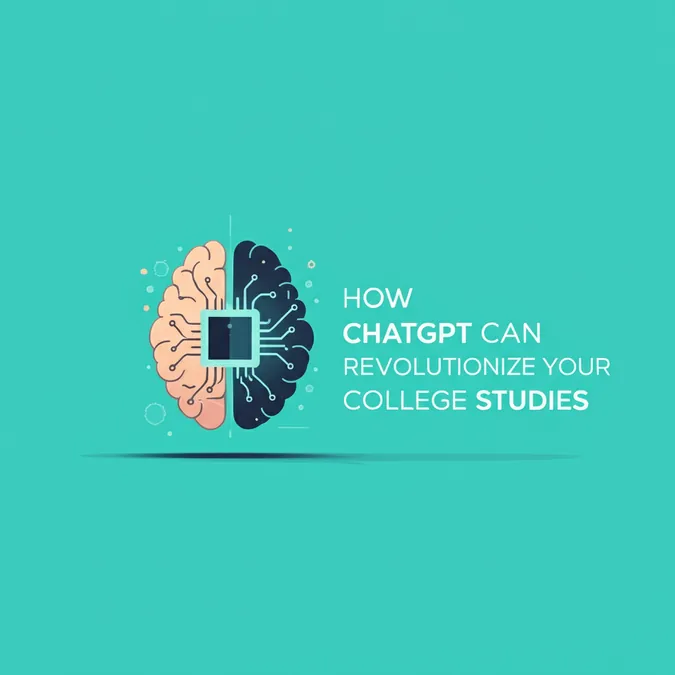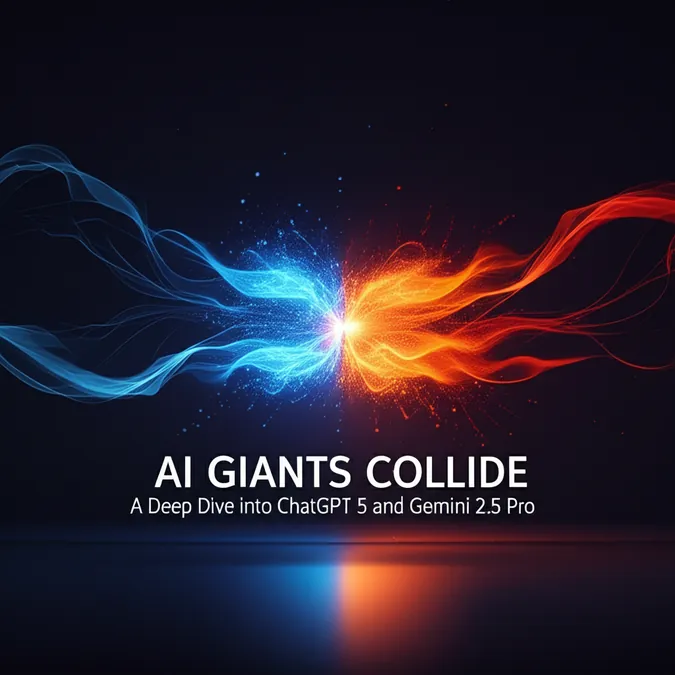Developer Offer
Try ImaginePro API with 50 Free Credits
Build and ship AI-powered visuals with Midjourney, Flux, and more — free credits refresh every month.
AI Has Completely Transformed The College Experience
A college senior heading back to class this fall has lived their entire undergraduate life with generative AI. When ChatGPT launched in November 2022, they were just freshmen. As a department chair at Washington University in St. Louis, I saw the chaos firsthand. Students were unsure about AI's capabilities or what constituted appropriate use, while faculty were shocked by how well it could write papers. It seemed that college was on the brink of being utterly transformed.
The Unavoidable Rise of AI on Campus
No one predicted the transformation would be this swift. Less than three years later, it's nearly complete. By spring 2024, data showed that almost two-thirds of Harvard undergraduates used AI at least weekly. A British survey found that 92 percent of students used AI in some capacity, with nearly one in five admitting to using it to complete assignments. These numbers are only expected to continue rising.
"I cannot think that in this day and age that there is a student who is not using it," commented Vasilis Theoharakis, a strategic-marketing professor who has researched AI in education. This sentiment is echoed in my own classes; AI is no longer a novelty but a habit, as common as scrolling social media. This fall, the new reality will be undeniable. Higher education has been permanently altered in the span of a single undergraduate career.
More Than a Shortcut Student Motivations in the AI Era
"It can pretty much do everything," states Harrison Lieber, a senior at Washington University. For students like him, the moral debates surrounding AI are secondary to its practical utility. The issue is pragmatic: faced with multiple deadlines, the ability of AI to accelerate work tenfold for a minimal cost is a logical choice. Students don't aim to cheat, but the pressure is immense.
In the early days, the motivation was often about saving time for other activities. One student admitted to using AI to polish his writing so he could have more time to play basketball. While that appeal still exists, motivations have evolved. For high-achievers like Lieber, AI is about managing a demanding schedule to focus on activities with a tangible impact on their career prospects. Given a challenging job market, the pressure to build a resume with extracurriculars, leadership roles, and internships is intense.
Da’Juantay Wynter, another rising senior, uses ChatGPT to summarize readings when he's in a rush between his double major and numerous campus leadership roles. Omar Abdelmoity, who sits on the university’s Academic Integrity Board, notes that students often turn to AI not because they can't do the work, but because they get stressed and seek ways to "time shift" to fit in more resume-building activities like clinical hours and research.
Are Professors Prepared for the New AI Reality
Despite AI's complete takeover of student life, many professors remain unaware of how deeply it has been integrated. The coming year may be a rude awakening for faculty who don't grasp the immediacy of the problem. Some are taking defensive measures, such as reverting to in-class, handwritten essays and exams. While this may curb AI use, it risks making college feel even more disconnected from the modern world.
Other professors try moral persuasion. Annabel Rothschild, an assistant professor at Bard College, finds that discussing the environmental harms of AI resonates with her students. However, these small-scale approaches may not be enough to counter the tide. Students themselves are wondering why more faculty aren't adapting their teaching methods to this new technological landscape.
A Call for Deeper Classroom Innovation
Today’s students entered college during the COVID-19 pandemic, another crisis that failed to produce lasting change in teaching methods. They see a similar lack of response to AI. Students like Lieber want to learn valuable skills like argumentation and communication, but they question why assessment relies so heavily on written essays, which can be easily generated by AI, instead of methods like classroom discussion.
However, changing assessment methods is not simple. Many professors are discouraged from grading participation because such evaluations can be deemed arbitrary or inequitable. This bureaucratic hesitation makes the classroom more vulnerable to AI. If what students say in person isn't rigorously assessed, their AI-assisted written work becomes even more important.
Professors also face their own AI temptations, using it for recommendation letters or to help with research. But students want more than AI gimmicks in the classroom. They are calling for more project-based learning that emulates real-world challenges and is resistant to AI shortcuts.
A Shared Challenge for Students and Educators
Designing these innovative, AI-resistant courses requires significant time and effort from professors, who are already under immense pressure. Universities are facing systematic attacks, from funding cuts to program closures. The traditional college experience is already under threat.
These external stressors make higher education even more vulnerable to the challenges posed by AI. The best path forward requires a fundamental redesign of classroom practices. But with everyone—professors and students alike—already stretched thin, who has the time? In the end, a college education in the age of AI is what you make of it. The responsibility to do the real work now falls on everyone on campus.
Compare Plans & Pricing
Find the plan that matches your workload and unlock full access to ImaginePro.
| Plan | Price | Highlights |
|---|---|---|
| Standard | $8 / month |
|
| Premium | $20 / month |
|
Need custom terms? Talk to us to tailor credits, rate limits, or deployment options.
View All Pricing Details

